This week at CiPEHR preparations for spring continued though the weather certainly wasn’t aware of it. Temperatures remained below freezing. The highest temperature in the morning at the field cabin was +10F. During the day there was potential for above freezing temperatures at the research site however a 3-4 knot breeze kept that from happening. I haven’t seen any wet snow yet.
At CiPEHR we cleared snow from around the fences separating the warming part of the plot from the control side and removed the fences.
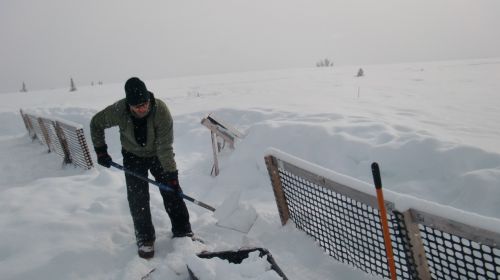
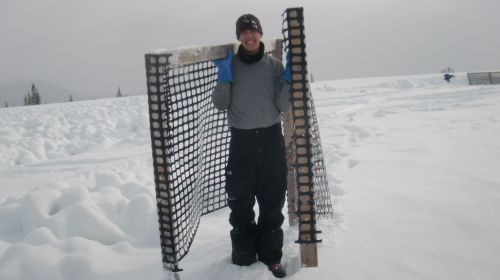
We shoveled out the wooden walkways over the plots. These walkways are used in the summer to keep the vegetation within the plots from damage due to foot travel while experiments are being monitored.
http://youtu.be/MzwnqRauXf8
John is kidding me for staying at the field cabin for a couple of hours to catch-up on schoolwork.
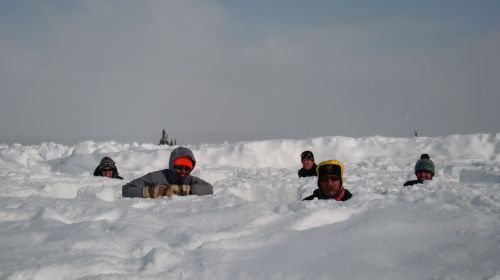
The chambers for measuring vegetation respiration rate (CO2 emissions) during the summer months were shoveled out and moved from storage to an area on the plot.
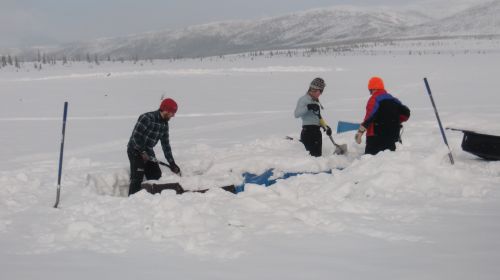
The main control boxes for the plots were shoveled out and data cards were replaced in loggers. These loggers have been monitoring soil moisture and temperature and collecting data from the force diffusion sensors throughout the winter season.
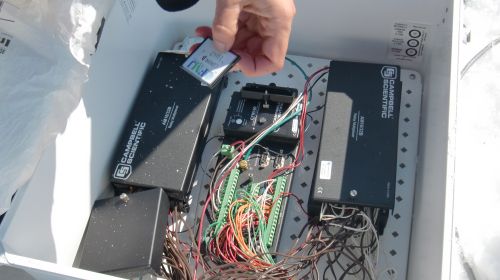
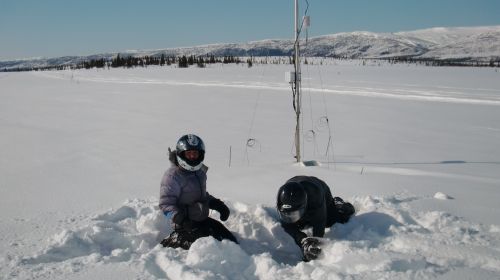
In addition the pneumatic tubing and computers that control the chambers automatic opening and closing were transported to the CiPEHR site and connected to the computer “brains” that operate them.
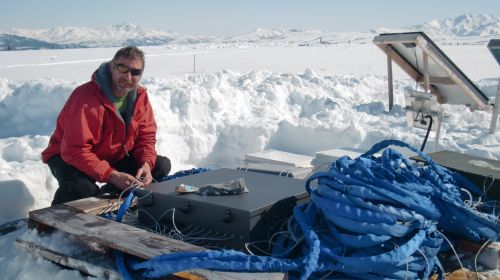
On Friday Jamie Hollingsworth and Brian Charlton from Bonanza Creek Long-Term Ecological Project at UAF brought out a four-wheeler with tracks and snowblower attached to test the potential for using this machine rather than hand shoveling the plots in the future.
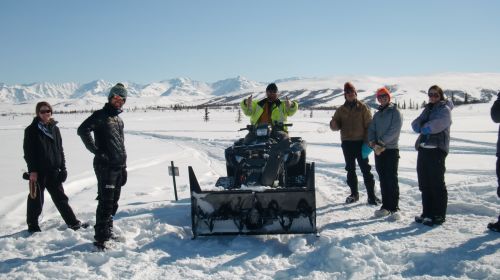
Lastly the collection of data at the warming and control sides of the fences as well as at the snow pits continued.
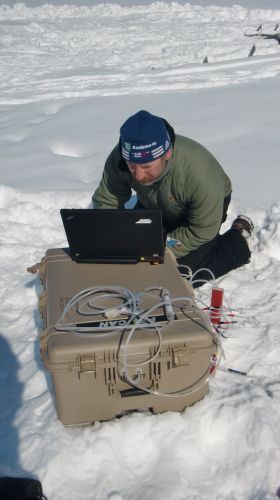


Comments